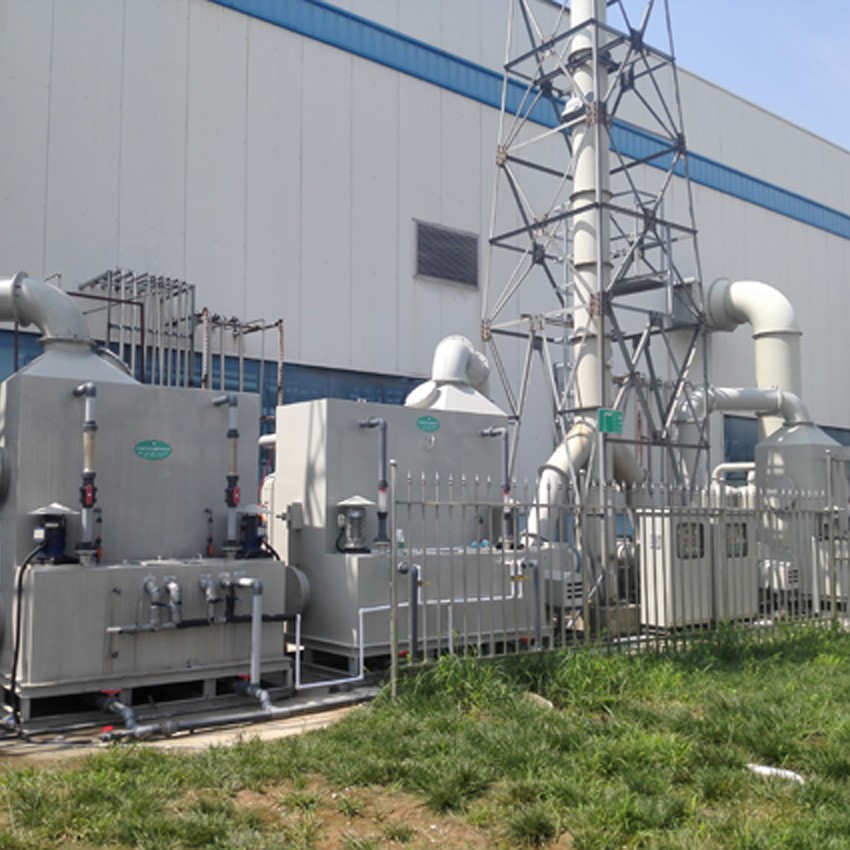Unpleasant odors, commonly referred to as industrial malodors, are often byproducts of wastewater treatment plants, solid waste processing, and other organic decomposition facilities. These foul-smelling gases are not just an issue of discomfort—they can negatively impact human endocrine systems, respiratory function, and even neurological health.
At Chaori Purification, we understand how crucial it is to eliminate these harmful odors effectively and sustainably. One of the most promising technologies in this field is the biological deodorization system. But how exactly does it work?

In wastewater or waste treatment systems, different types of gases are released at various stages of processing—such as hydrogen sulfide (H?S), ammonia (NH?), volatile organic compounds (VOCs), and organic sulfur compounds. Each treatment component—be it sedimentation tanks, aeration chambers, or sludge dewatering systems—can emit different forms of odor.
These compounds, especially in enclosed or urban environments, pose serious risks to air quality and public health. That’s why controlling and treating odors at the source is vital.
Biological deodorization, also known as biofiltration, is an environmentally friendly technology that leverages naturally occurring microorganisms to break down odorous compounds into harmless substances such as carbon dioxide, water, and inorganic salts.
1.Absorption into Water Phase
Malodorous gases first come into contact with the moist surface of a biological filter, where pollutants rapidly dissolve in the water film coating the media.
2.Diffusion Through the Liquid Film
Once dissolved, these compounds migrate through the liquid layer and into the biofilm, a thin layer of microbial life attached to the filter medium.
3.Biodegradation by Microorganisms
Inside the biofilm, specific microbial strains absorb and metabolize the pollutants. Through a series of enzymatic and metabolic reactions, harmful compounds are broken down and converted into non-toxic byproducts.
Sustainable & Low Maintenance – The use of naturally regenerating microbial populations makes it cost-effective and ideal for long-term operation.
Because of its environmental compatibility and high removal efficiency, biological deodorization is now a go-to solution for many factories and treatment plants. Whether it’s in municipal wastewater management, chemical production, or food processing, this method offers a smart path toward cleaner, safer air.